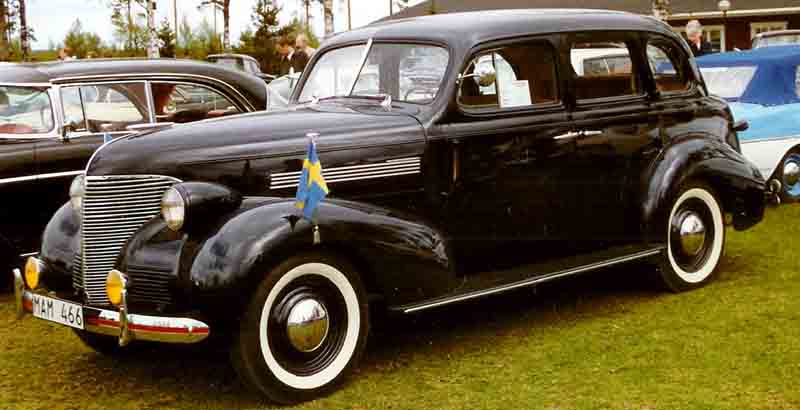
Lars-Göran Lindgren Sweden, Wikimedia Commons
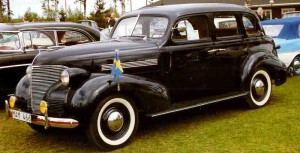
1939 Chevrolet DeLuxe 4-Door Touring Sedan
CLICK HERE to listen to the author read her article.
Growing Up American: Summer Vacation 1939
The year 1939 was a seminal time for America and the world. Hitler was negotiating a non-aggression pact with the Soviet Union, while simultaneously planning the invasion of Poland. War was on the horizon, but Americans were struggling to revive themselves from the Great Depression. Desperate for entertainment, they filled movie theaters to see a plethora of cinematic blockbusters such as The Wizard of Oz, Stagecoach, Gunga Din, and a long awaited screen adaptation of a best-selling book by Margaret Mitchell. Tens of thousands flocked to the World’s Fair in New York. Radio sets were broadcasting the popular hits of Glenn Miller, Gene Autry and Tommy Dorsey. With many Americans still miserable, and harder times knocking at the door, at least one little girl thought it was “the best time to be alive.”
Mom’s father had just bought a brand new 1939 Chevrolet four-door sedan. Advertised as “The car that out-styles, out-accelerates and out-climbs all others,” it was a thing of beauty that still draws admiration from the most discerning classic car enthusiasts. My mother only knew it was green, shiny, had awesome running boards, and comfortably fit a family of eight. With the family’s summer vacation coming up, everyone was itching to see the U.S.A. in their Chevrolet (even though the jingle hadn’t been written yet.)
My mother’s family usually stayed home on the Fourth of July. Even then, there were such wild celebrations that a newspaper from the previous year reported, “…over 400 people lay cold in death from Fourth of July accidents. Most of these were from automobile crashes, others from fireworks and drowning.” And so it was that her family set out on their summer vacation soon after all the Independence Day revelers had withdrawn to rest.
“Touring” in those days had a more relaxed feel. There was no road rage, most people didn’t speed, and no one even thought of giving you “the finger.” There was no need to check with William Shatner for the best priced hotel reservations, because you only had to stop and camp along the way. Children were excited to simply watch the world pass by their car windows; they needed no DVD player to keep them occupied. Thus they set out from upstate New York to take a leisurely drive around Lake Ontario.
The summers of that decade had been hot, and 1939 was no exception. The days were warm when driving with no air conditioning, but the nights were perfect for eating and sleeping. The roomy trunk stored folding chairs, a table, and a portable camp stove. Supper could be whisked up in the kettle using food they brought with them or purchased at roadside stands. A coffee pot was brewing for the adults any time the car stopped.
They stayed in a cabin for a couple of nights. Unfortunately, there was a limit of four people per cabin. No matter — they stayed anyway. Once, the proprietor thought she saw too many people inside, and made haste to the cabin to find them out. She left confused…having found only four people. Never outfoxed, Mom’s mother had hid one of the children in a bathroom stall and three others in closets. It was a close call that was good for a chuckle at every family gathering.
My mother’s family was proud to boast years later that they had been among the first to cross The Thousand Islands Bridge. It had, after all, opened less than a year before. The opening had been a big news event, with President Franklin Roosevelt and Canadian Prime Minister Mackenzie King cutting the ribbon. At the ceremony, Roosevelt said:
“This garden spot of nature, this bridge stands as an open door. There will be no challenge at the border. There will be no guard to ask a countersign. Where the boundary is crossed the only words must be “Pass, friend.”
During the same trip, his comments resonated around the world when he told the Canadian people that, “The United States will not stand idly by if domination of Canadian soil is threatened by any other empire.”
The Chevy cruised along the newly christened Queen Elizabeth Way. A month before, Queen Elizabeth and King George VI had toured Canada and visited the United States. Invited by President Roosevelt, it was the first time a reigning British Monarch had set foot on U.S. soil. Even the “common man” reading the newspaper knew that with Europe on the brink of war, the visit was an ominous sign.
Crossing into the American side of Niagara Falls, my mother saw a town much different than it is now. There weren’t tall buildings and too many people; it was a much quieter town, spellbound with the thunderous roar of the falls. With no white noise to cover it, the falls followed you, rumbling low in your ears. As the family shopped in town, my mother had to check every little while to make sure it was true: “Is that still the falls I hear Mama?” she’d ask.
The family had their picture taken atop Prospect Point, a jut of rock with a rail around it that hung over the top of the falls like God’s lookout point. Fifteen years later, Prospect Point would collapse, sending 185,000 tons of rock into the Niagara River Gorge. Miraculously, no one was injured, but it changed the face of Niagara Falls forever.
On the journey home, weary with driving, they stopped for the night on a beach on Lake Ontario. They set up the stove, had coffee, cooked a late meal, spread their blankets on the sand and drifted to sleep under a canopy of stars. The night was beautiful, the air was warm, and the waves lapped the shore. A town policeman came by — not to throw them out, but to make sure they were alright. Mom’s father told him all was fine, and the policeman yelled back, “Okay, have a good night; I’ll keep an eye out for you!” Imagine that.
You can keep your Carnival Cruises, your TSA gropings and your bumper-to-bumper freeways. Give me a Chevy with a tank full of gas, July days that melt into nights, and a passport to 1939 America. Would anyone care to join me?
Originally published:
http://www.americanthinker.com/2013/07/growing_up_american_summer_vacation_1939.html

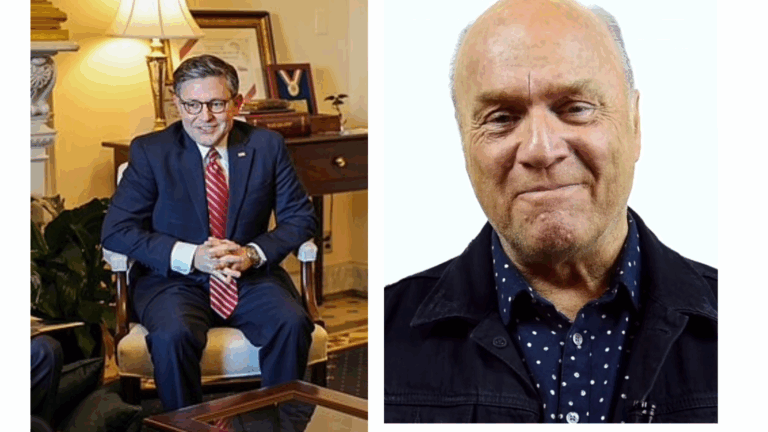


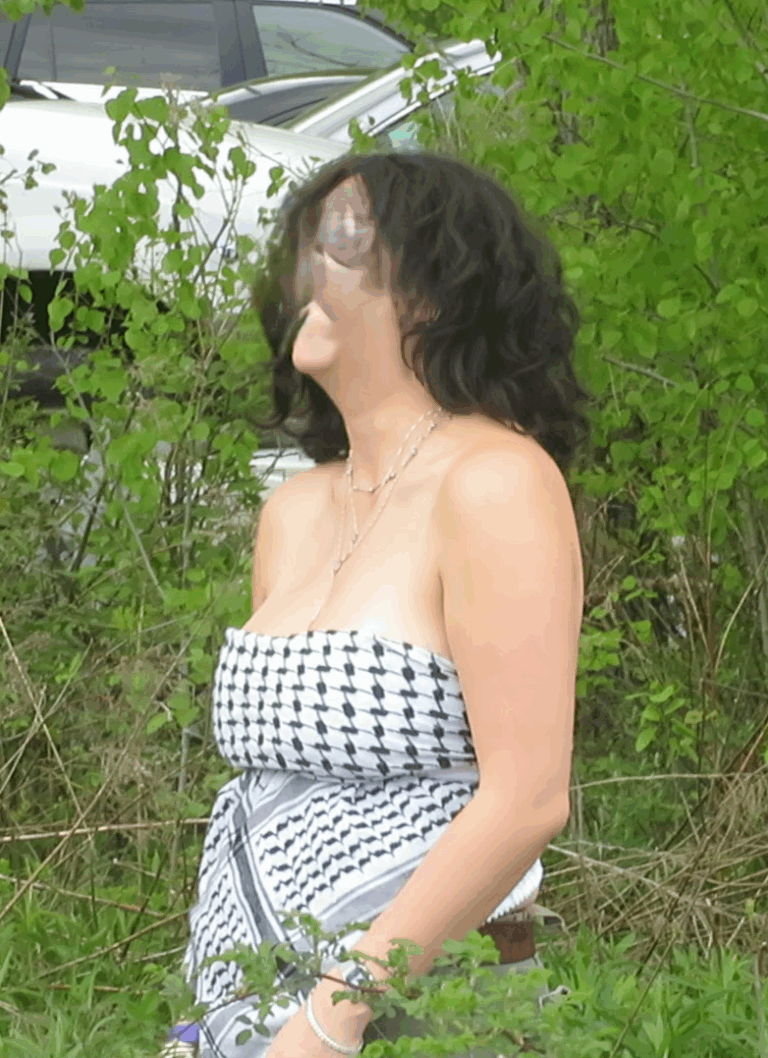

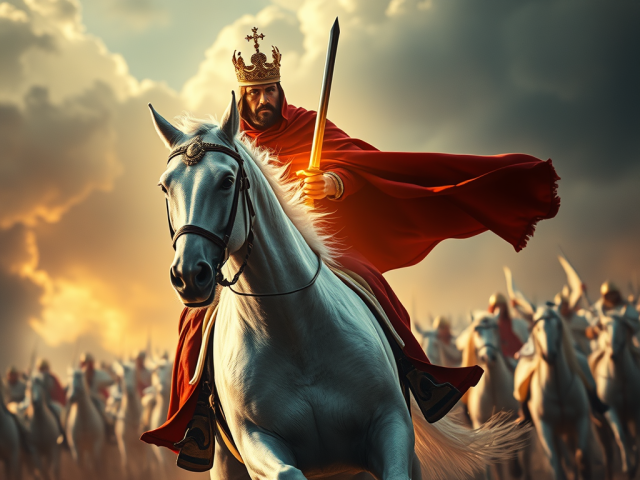
Good morning,
Your piece, “Growing Up American: Summer Vacation 1939,” at American Thinker this morning took me back to a much-missed time and led me to your blog. Your blog is exceptional in content and presentation. I will be a regular visitor.
Best regards,
Ernie
Thank you Ernie. That means a lot to me! Take care!
Enjoyed your article today describing your family’s 1939 vacation. It certainly brought back memories. Our vacations consisted of camping and fishing on the Kentucky river. Although only 8 miles from our house, my sisters and I felt we were well out of civilization, and often played “pioneers” complete with Indian attacks. Our friends wondered why our dolls were bald. lol
Thank you.
I’ve always wanted to see Kentucky Sandra. I have a poem called, “I’m Somewhere in Kentucky” that I will be linking on this site. It’s just a cute ditty. I hope you check back for it. Cowboys and Indians are politically incorrect you know? LOL Thanks for commenting!
Hello Susan,
I’m a former Syracusan but now live in small Finger Lakes village.
I read your piece on Summer Vacation 1939 and enjoyed it for the memories it brought back to me of 1950’s vacations. One, in 1956 to Niagara Falls, in particular.
Where I live still resembles the ‘old days’ in many ways. But, the outlanders come for vacations and, like ocean waves against the rocky shore, slowly wear the ‘old days’ ways away.
I have a friend from Syracuse in Calif. He sends me lots of email about Agenda 21. I always thought our Constitution would protect us from that. Now, I’m not so sure.
Thanks for a nice piece about days gone by!
-Phil
Phil,
Thank you for commenting. The Consitution does protect us of from that, it’s our elected leaders that have failed to uphold the Constitution. Your town sounds like a wonderful place to live! If you ever see “like ocean waves against the rocky shore” in one of my articles – you’ll know I stole your line! 😉
Susan
1939 vacation——– I’ve been there. Thank you for the memories.
Thank you for reading it. God Bless!
Thank you for your column “Growing Up American” on AT today. Now that was a column I could really relate to and enjoy!
Cars today are so boring and small, don’t you think? No style, no power, no fun, no room. Full off gadgets which have nothing to do with driving a car. I still drive a stick shift–just can’t give it up.
I remember Dinah Shore singing the Chevy jingle very well. In those days a Caddy was not just someone who works on a golf course.
When I was a kid growing up in the 1950’s and 1960’s our yearly summer vacations consisted of all of us piling into our family’s 1952 Hudson Hornet and setting out from our small New Jersey town to whatever sites were within reasonable driving distance. Invariably before leaving, my father, a very methodical engineer, would take me along with him to the local AAA office where he consulted with an agent and then received the AAA trip-tik, a small spiral bound booklet that contained our route marked out in orange on various regional maps, and AAA-suggested places to stay and eat and sites to see. Those little booklets with their folding maps were the Bibles of our various vacations. I can still remember how proud and excited I was when I was finally old enough to be in charge of the booklet as the designated family navigator, and how eagerly I followed our progress on the maps in the booklet as we made our way toward our next destination.
So where did we go? Independence Hall, Valley Forge, Hershey, the Amish country, the PA Grand Canyon, Gettysburg, Fort Ticonderoga, Lake George (where my father taught me to row a boat at the Flamingo Motel, still in business fifty years later), the Adirondacks, Howe Caverns, Ausable Chasm, the Finger Lakes, Niagara Falls, the Thousand Islands, Lexington, Concord, Boston, West Point, DC, Baltimore, Chesapeake Bay, Annapolis. These are the highlights that I can still vividly remember. Nothing fancy, but still very memorable.
We stayed in AAA-recommended family motels along the road, and ate in family style restaurants and road-side diners, such as can still be found in parts of PA today (one of the charms of living in PA is all the anachronisms than have survived in PA). The more rural parts of Route 22 in PA are very reminiscent of the types of roads that we used to drive on, except in those days things were less congested and built up. And of course in the mountain and lake areas most of the roads were quite rural.
In additional to being memorable these vacations were also highly educational. We learned a great deal of American history, met and got to know our fellow Americans, and got an appreciation for the size and beauty of our country. All practically “in our own backyard,” so to speak. Pride in America was a big part of it.
I agree, you can keep the cruises, long airplane trips and fancy resorts et al. Just give me good old road-side Americana.
Have you seen the TV show Route 66? It’s my all-time favorite TV show. I originally saw it as a child but have also seen it in syndication over the years; it is currently being broadcast on the RetroTV network (http://www.myretrotv.com/) at 9PM (just like the old days on CBS!). As a mature adult I can now fully appreciate this truly exceptional TV series which I so enjoyed watching as a child, certainly among the best to ever have appeared on the American market. The stories, writing, camerawork, directing, locations, casting all are excellent and highly engaging. I have found many of the episodes to be quite moving, particularly since they deal with people who tend to live lives off the beaten path or “to a different drummer’s beat,” and many controversial or rarely mentioned topics (at least for the 1960’s) are incorporated into the stories. The dialogue is so tight that you literally cannot miss a single line. The episodes were completely shot on location all across America, some of these locations are quite picturesque, and the overall effect of all this location shooting is that the series provides a striking visual and social portrait of America c.1960, especially blue collar America, an America living its life in a manner very different from today, and an America that was far less homogenized than it is today.
I don’t mind telling you that I would have been more than happy to have had either Tod or Buz, the two guys traveling around in the Corvette, for an older brother. One of the two main characters of the series, Tod Stiles (played by Martin Milner), had attended college before deciding to hit the road in a Corvette with a street-wise buddy named Buz (who sported a fine New York accent as delivered by George Maharis) in order to get to know the various parts of our vast and diverse country, along with an appropriate dose of adventure and romance. It is not clear whether Tod graduated from college, but he is always described as a college man educated at Yale. The show makes clear that a man who attended college in those days was the exception, not the rule, and furthermore the writers of the show repeatedly portray Tod as having gotten a very fine broad education at Yale, which enabled him to discuss history, poetry and other subjects which are like a foreign language to most college graduates today. In the early 1960’s a college man could be very credibly portrayed as having an extraordinarily broad-based higher education, a classical liberal education; by contrast in 2013 a college man (or woman) is thought of as someone with a diploma that entitles him to work in a bank, or as a salesman or cook, or discuss gender or queer studies, but certainly not as someone well versed in Homer, Dante or Milton, or in Beethoven, the history of Rome or the gods of Ancient Egypt. On the other hand, Buz, who was raised in an orphanage and on the streets of New York City, does not have Tod’s education, but makes up for it with his street-smarts and his strong personality and principles. It’s a nice contrast which sometimes leads to tense disagreements between the two characters, which only adds to the flavor of the show.
Route 66 is from the same production company as The Naked City, which is also of a similar quality, but is a gritty police drama set on the streets of New York. Naked City is famous for always ending with the lines, as a voice-over: “There are eight million stories in the Naked City. This has been one of them.”
So if you can catch Route 66, give it a try! You’ll enjoy the ride in the Corvette!
And thanks for your column. A nice change from the usual American Thinker fare,
Bill Meisler
I will check out Route 66. Thank you for your sharing your memories. My elderly parents and I all enjoyed reading your post! Absolutely wonderful stories you have! God Bless.
Hello Ms. Harris,
I’d not heard of you before the ‘1939’ article. Thanks for your work. I will look for your writing going ahead.
Jim H.
Thank you sir. I hope to continue more in my “Growing Up American” series.
I too had never heard of you before the American Thinker 1939 article. I had no such family vacation memories; like my father before me I never was more than 70-100 miles from my home until “Uncle Sam” intervened.
Some of the best things to be seen are never more than 70-100 miles from home. I visited a little museum I had passed every day for years and found Alexis de Tocqueville had visited that very site and written about my area! Who knew? I thank you for your service to our country – and remember, memories are still for the making!
This design is wicked! You obviously know how
to keep a reader amused. Between your wit and your videos,
I was almost moved to start my own blog (well, almost…HaHa!) Wonderful job.
I really enjoyed what you had to say, and more than that, how you presented it.
Too cool!